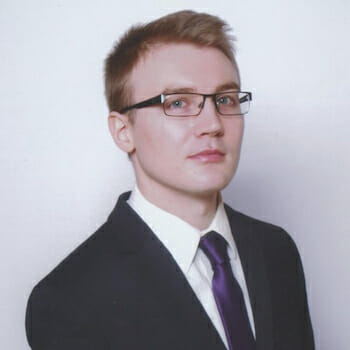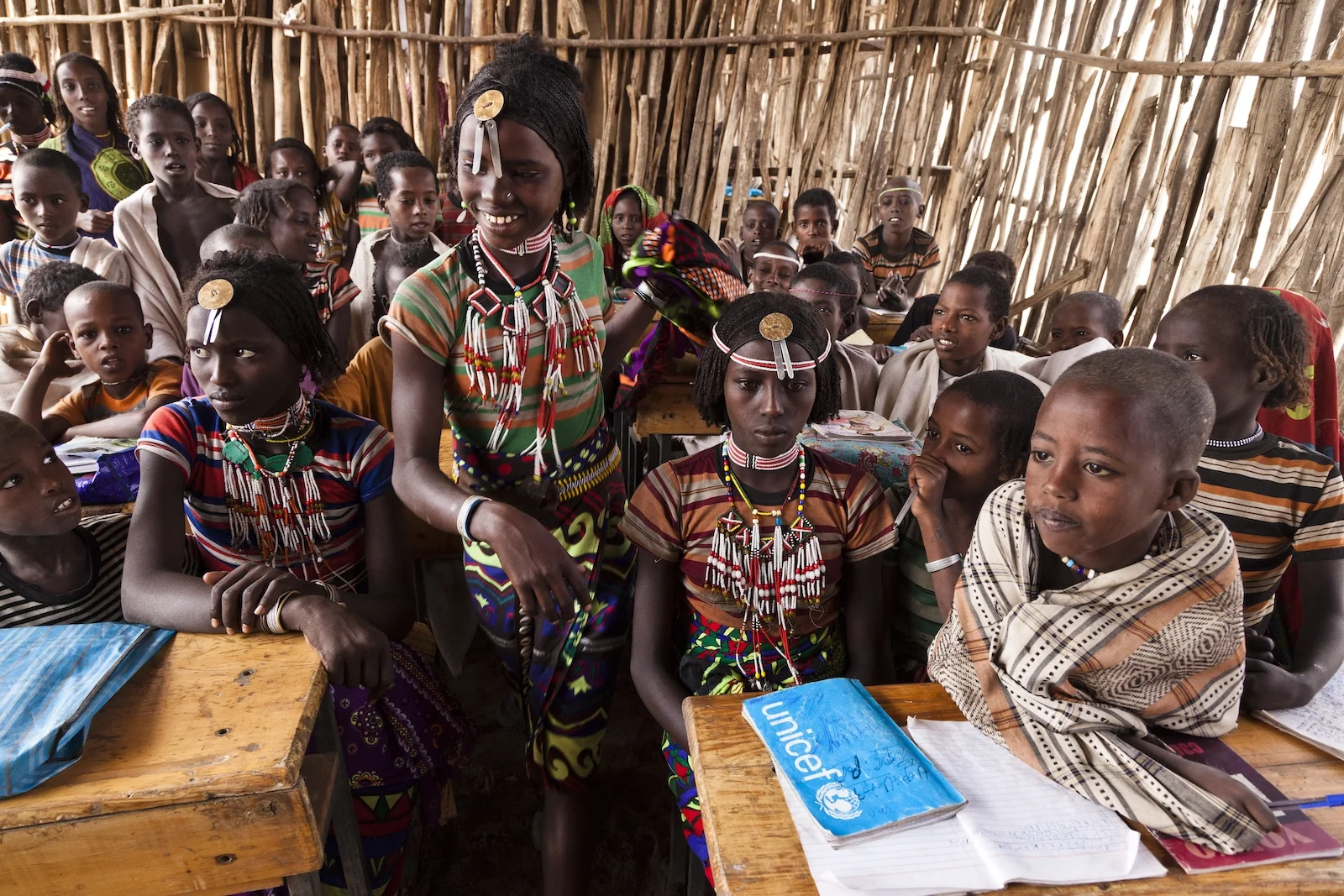
Telling Ethiopia’s Truth: Gezahegn Demissie on Silence, Suffering, and Global Responsibility
Gezahegn Mekonnen Demissie is an Ethiopian journalist, filmmaker, and advocate for immigrant voices whose work straddles continents and cultures. A founding member of PEN Ethiopia and the Executive Director of Bridge Entertainment, Demissie has made it his mission to amplify stories that matter. Now based in Toronto, Canada, he helms New Perspective አዲስ ቅኝት, a community journal and radio show-turned-podcast dedicated to fostering dialogue within the Ethiopian diaspora.
Since arriving in Canada in 2015, Demissie has chronicled the immigrant experience and delved deep into Ethiopia’s complex historical and political terrain. His first short documentary for CBC Short Docs, Tizita, was a collaborative effort with Canadian production houses Primitive Entertainment and Rhombus Media. Demissie’s contributions to journalism have earned him recognition, including the 2019 National Ethnic Press and Media Council of Canada Award and a 2021 Community Champion Award from Arif Varani, MP for Parkdale in High Park, Toronto.
In this interview, Demissie unpacks the enduring impact of Ethiopia’s political upheavals, tracing the scars left by Marxist regimes, ethnic federalism, and unrelenting internal conflict. From the collapse of the monarchy in 1974 to the tumultuous shifts of power in 2018, he examines the roles played by the Derg, the TPLF, and other factions in a narrative defined by war, famine, and dislocation. Against muted global attention, Demissie calls on the Ethiopian diaspora in Canada and beyond to advocate for meaningful solutions, urging Canadians to use their platforms to spotlight one of the world’s most urgent but overlooked crises.
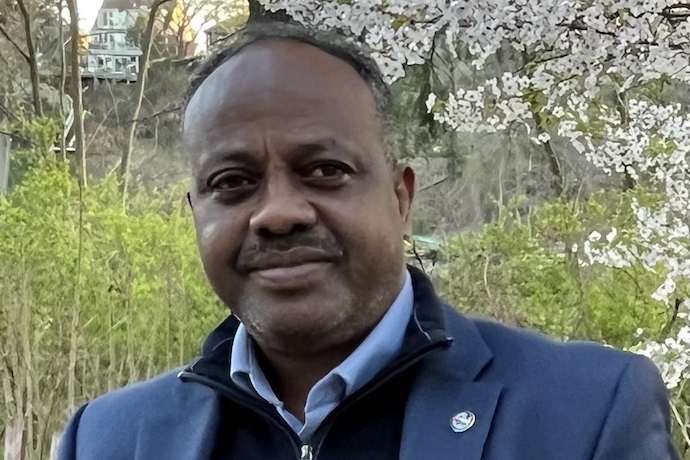
Scott Douglas Jacobsen: I’m speaking with Gezahegn Mekonnen Demissie from PEN Canada to explore the Ethiopian context. We aim to bring attention to the devastating and often overlooked mass killings that have occurred during the recent war—a topic largely unfamiliar to Canadian audiences.
Let’s begin by setting the stage. Could you provide a historical perspective on how the fall of the monarchy, the rise of military Marxism, and the collapse of the Soviet Union set the stage for the conflicts we see today in Ethiopia’s semi-autonomous regions?
Gezahegn Mekonnen Demissie: Ethiopian history is complex, connecting to significant historical events, even with references to Greek mythology, such as the story of Andromeda. Ethiopia is an ancient country, but this particular story begins with the fall of the monarchy in 1974.
Over the past 50 years, Ethiopia has experienced significant instability and turmoil. When the monarchy ended, a military group known as the Derg took power, proclaiming itself Marxist, and remained in control for 17 years. During this time, from 1974 to 1991, there was an intense civil war.
Interestingly, the rebel groups fighting against the Derg were also leftist and Marxist in their ideology. After 1974, no major political group in the country was unaffiliated with some form of Marxism.
These groups are often identified as Maoist, Stalinist, or aligned with other leftist ideologies. Still, they all shared a common ideological foundation. By 1991, the main rebel group, the Tigray People’s Liberation Front (TPLF), managed to seize central power. Eritrean rebels secured independence for Eritrea, making Ethiopia a landlocked country.
Today, Ethiopia’s population exceeds 130 million, making it one of the most populous countries in Africa, alongside Nigeria and Egypt. It is also the most populous landlocked country on the continent. After 1991, Ethiopia adopted an ethnic federal system, with the TPLF-led coalition, the Ethiopian People’s Revolutionary Democratic Front (EPRDF), implementing this structure.
The TPLF-led government ruled through a divide-and-rule strategy, dividing regions along ethnic lines, which created an ethnically segmented system.
While apartheid was ending in South Africa, a system of ethnic federalism was taking root in Ethiopia. When the TPLF was removed from power in 2018 by a coalition led by Prime Minister Abiy Ahmed, they retreated to the Tigray region, where they maintained military strength.
The TPLF had substantial resources and diplomatic support from allied nations, which made them formidable. This eventually led to a conflict with the federal government, which mobilized resources from all over the country to confront the TPLF forces. But after one year of war, the result was the loss of more than 1,000,000 innocent civilians and soldiers from both sides.
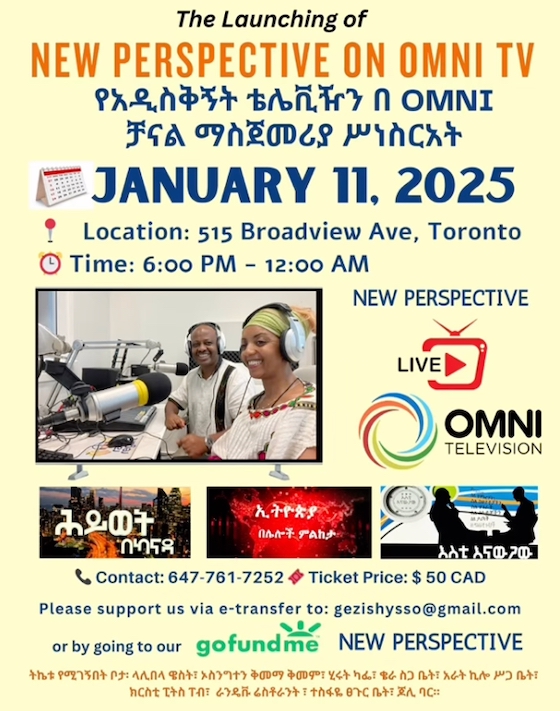
Jacobsen: This is a fascinating yet challenging narrative for a Canadian audience, which often frames political developments through simpler binaries—sometimes shaped by American perspectives or broader ideological histories. We tend to associate post-colonial transitions with the gradual march toward democratic ideals. However, Ethiopia’s story diverges sharply with the rise of Marxist militarists and the imposition of systems akin to apartheid among its diverse ethnic groups. Could you unpack this dynamic?
Demissie: No. The Marxist group that took power in 1974 was different. Another Marxist group became a rebel force fighting the military Marxist group that had overthrown the monarchy. By the end of the Cold War in 1991, the rebel Marxist group succeeded in ousting the military Marxists and taking power. The global political landscape had changed, so they presented themselves as champions of democracy, attempting to establish a multi-party system—at least in rhetoric.
They portrayed this to the Western world to gain approval, claiming to adopt democratic ideals. However, in practice, they implemented an ethnic federal system. They enshrined it in the constitution, making it impossible to remove today. This ethnic federal system, which was established in 1991, is one of the main reasons the country is now at war with itself.
The same group that introduced this system later fought against the federal government. By 2018, the Tigray People’s Liberation Front (TPLF), which had been in power for nearly 30 years, faced internal conflict within its political coalition. The sentiment grew that it was time for them to relinquish power, as they were a minority holding control over political power, economic resources, and the military.
Jacobsen: Was there significant domestic or international pressure on the Marxist government to step down then?
Demissie: Yes. Other groups aimed to take power, leading to clashes and conflicts within the Ethiopian People’s Revolutionary Democratic Front (EPRDF)—a coalition of four major parties from the Tigray, Amhara, Oromo, and Southern Nations. Eventually, the Oromo and Amhara factions aligned and pushed the TPLF out of central power, relegating them to their stronghold in Tigray province in the north. From there, the TPLF planned to regain control, which sparked the bloody war that claimed over a million lives.
Jacobsen: How pivotal has ethnic federalism been in fueling Ethiopia’s internal conflicts?
Demissie: Absolutely. Ethnic federalism is a primary factor in these conflicts. Ethiopia is unique because it avoided colonization and remained independent when European powers divided Africa at the Berlin Conference in 1884. The ethnic divisions entrenched in the federal system have fueled the ongoing ethnic and territorial conflicts.
Ethiopia successfully defended its territory from colonial invasions. However, the Italians returned in 1935 under Mussolini’s fascist regime. Still, they were ultimately defeated again, this time with the support of the British. That is history, and it shows that the Ethiopian people have always stood united against foreign aggression. There has never been successful foreign aggression in Ethiopian history.
Jacobsen: Ethiopia’s federal constitution, which divided the nation along ethnic lines, seems to have sown the seeds of discord. Do you believe this system, implemented by rebel Marxists, was an inevitable crisis waiting to unfold?
Demissie: The first Marxist group, or the military Marxist group that took power in 1974, officially declared Ethiopia a socialist state. They claimed the country the Socialist Republic of Ethiopia, clarifying their ideology. It aligned with the Soviet Union and other socialist countries during the Cold War, so their stance was purely ideological. They distanced Ethiopia from Western affiliations, even reducing diplomatic relations until the 1984 famine.
The 1984 famine claimed millions of lives and was widely publicized, including through the “We Are the World” concert by Michael Jackson and others, which raised funds for aid.
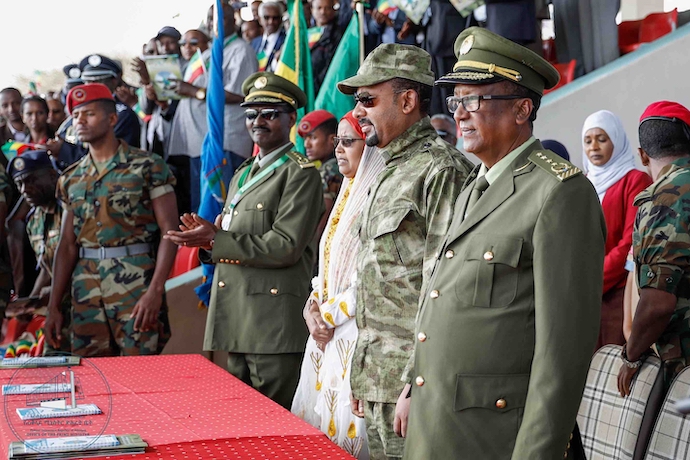
Jacobsen: The period also saw severe famine, driven by drought, reduced agricultural output, and crop failures. Could you elaborate on the pretext for this humanitarian catastrophe and its broader implications?
Demissie: It presented an opportunity for the Americans to re-enter the Ethiopian political scene. Until then, the military government had kept the Americans out, working exclusively with Soviet advisers. The country was run on a strict socialist ideology.
However, when the rebel group took power in 1991, socialism was nearly obsolete because the Soviet Union had collapsed. The new leaders couldn’t continue under the communist or socialist banner, so they needed something new to justify their rule. That justification was ethnicity. They adopted this system under the pretext of historical grievances.
Jacobsen: In these instances, scapegoating is often a universal tactic. How has this dynamic played out in Ethiopia’s political and ethnic struggles?
Demissie: They argued that Ethiopia’s ethnic groups had been subjugated and oppressed by one dominant group, the Amhara. The Amhara were blamed for much of what had happened in the country’s history, similar to how the Anglo-Saxons are sometimes viewed in Western history.
So they used the Amhara as a scapegoat and blamed them for all the country’s problems, turning them into the enemy of Ethiopia’s 80-plus ethnic groups. This ideology governed the country for the last 30 years. The current government, which took power in 2018, is led by Prime Minister Abiy Ahmed, who received the Nobel Peace Prize in 2019 for negotiating a peace process between Ethiopia and Eritrea.
Eritrea was once part of Ethiopia. After Eritrea became independent, another war broke out between the countries over UN-demarcated borders and political disputes. The TPLF in Ethiopia and the EPLF in Eritrea had fought against the military regime. However, when they became leaders of their respective countries, they went to war in 1998—a bloody conflict that lasted until 2000.
A United Nations peacekeeping mission was eventually established along the border, creating a buffer zone for over 20 years. In 2018, Prime Minister Abiy ended that “no war, no peace” situation and received the Nobel Peace Prize. Then, there was a claim that Donald Trump was involved. It was peculiar. During his first term as president, Trump claimed he brokered the peace deal, but Prime Minister Abiy received the Nobel Prize. Trump publicly stated that he should have received recognition for the peace agreement.
But in reality, Abiy Ahmed facilitated that peace. Despite the peace between Ethiopia and Eritrea, which led to renewed friendships between their communities in the diaspora, this peace was short-lived. The Tigray group initiated conflict again, resulting in a war that claimed over a million lives, adding to the devastation wrought during the previous 30 years of destabilization and division.
What concerns me deeply is why the world, including Canadian and Western media, has not paid attention to this bloody conflict. I feel everyone should be aware of it.
Jacobsen: Yes, we are all responsible.
Demissie: Thank you. We are all human, and Ethiopia, throughout its history, has fought against fascism, notably against the Italian fascists. It participated in the Korean War in 1950-1953, and the Ethiopian Kagnew Battalion was highly regarded during the Korean War. There is a statue commemorating them in Korea.
Ethiopia has also been a key player in fighting terrorism in East Africa—in Sudan and Somalia—and has supported peace processes in Rwanda and West African countries like Liberia. Ethiopia does not deserve to be ignored or abandoned by the world. The Ethiopian people have paid the price for global peace and humanity, and they should not be left out or overlooked.
But look at what’s happening now. The war continues. While the fighting in Tigray has been halted, there is still severe conflict in the Amhara and Oromia regions, with people dying every day. Famine and drought loom, and most young people go to war instead of plowing the land.
Jacobsen: Young people are fighting instead of farming, which is a serious issue.
Demissie: Child soldiers have become a common sight, which is deeply concerning. This situation requires urgent attention and emphasis. The regional political situation is dynamic, involving neighboring countries like Somalia and Egypt due to the Grand Ethiopian Renaissance Dam (GERD).
Significant tension has been between Egypt and Ethiopia over the dam built on the Nile River. The country is torn apart by internal and external political issues, requiring careful handling. Ethiopia has 130 million people, so if it disintegrates, the resulting human crisis could spread globally and become uncontrollable.
Jacobsen: Beyond the historical causes, young people are now fighting instead of farming, exacerbating the crisis. Looking at the present, what are the major flashpoints—politically, ethnically, and provincially? Where are the weapons coming from, and which regions are most vulnerable to famine?
Demissie: The most serious conflicts now involve the Fano militia in the Amhara region and the federal government, the Oromo Liberation Army (OLA), and the federal government. These two regions, Amhara and Oromiya, are the most populous in the country. The Amhara region accounts for about 24.1% of Ethiopia’s population, while the Oromiya region comprises nearly 35.8%.
Jacobsen: And the conflict has been ongoing for over two years now?
Demissie: Yes, for more than three years in these regions. The continuous fighting prevents young people from engaging in productive activities like farming, which results in economic stagnation and food shortages. If this continues, a disaster is inevitable. Weapons are entering the country through various channels due to open borders. Ethiopia shares a long border with Sudan, which is currently unstable. This makes it easy for arms to be smuggled from Sudan into Ethiopia. The border with Somalia is also porous because Ethiopian soldiers are fighting alongside Amhara and Oromo forces, leaving an insufficient workforce to secure the entire country. It’s a loose, fluid situation.
Another challenge, Ethiopia is landlocked, while Somalia has a significant outlet to the Indian Ocean. This geographical factor adds tension to the complex relationship between the two countries. Ethiopia is pursuing a memorandum of understanding with Somaliland, to secure access to the sea. However, the central government in Somalia is not pleased with this arrangement, which has created tension in the region and could potentially lead to another conflict. The situation is highly complex.
While this unfolds, Western and Eastern powers remain focused on conflicts in the Middle East and Europe, neglecting this part of the world. This is concerning from a peace and collective security standpoint.
Jacobsen: This conflict has now dragged on for more than two years. What efforts have been made toward international resolutions through entities like the United Nations or other peacekeeping forces? Has any humanitarian intervention been akin to the long-standing UNRWA aid in Palestine?
Demissie: No, not in the same way. There was support in the past from organizations like UNHCR, UNICEF, and the World Food Programme (WFP) to provide aid in war-affected areas like Tigray and other provinces. However, this time, it’s much more difficult. United Nations workers have been killed while performing their duties, making it challenging for them to provide support. They are doing their best to help, but as the crisis expands and affects more regions of the country, it becomes increasingly challenging to meet the need. Countries may pledge support but often must follow through, as their priorities are focused elsewhere. While humanitarian aid exists, more is needed to address the problem’s scale. The support available does not match the severity of the situation.
Jacobsen: How has the Ethiopian government managed—or failed to manage—this escalating crisis?
Demissie: The United Nations and the World Food Programme have accused the government of using aid as a weapon of war by cutting supplies. Additionally, some of the warring groups, particularly in Tigray, have been caught selling food meant for humanitarian aid outside the country, leaving their people to suffer under their leadership. The level of corruption is severe, and there is currently no effective law enforcement body. The country is verging on a stateless situation, with the central government maintaining control only in the capital and some major cities. Various warring groups and militias control the rest of the country.
Yet, the media seems to project an image of control and productivity. They claim control, producing millions of tons of food, but it’s just propaganda. The reality is quite different—like trying to fill half a gun with empty promises. The situation remains dire.
Jacobsen: Canadians focus on conflicts that are closer to their economic or geopolitical interests, such as Ukraine-Russia or Israel-Palestine. That perspective is understandable, but what should Canadians remember about staying engaged with global crises like Ethiopia’s, where they might influence change as voters?
Demissie: Close to 100,000 Ethiopian Canadians live in Canada, an important point. They are good citizens who love this country, myself included. We fled from the same rebel groups that ruled Ethiopia for 30 years and eventually silenced dissenting voices and the media. Canada offered us refuge during those difficult times, and now we are citizens and taxpayers here. We need dedication from our leaders and fellow Canadians.
It is not an obligation but a question of humanity. Canada has a long history of standing for humanitarian causes. Now, I am asking Canadian society and leaders to understand the suffering of the Ethiopian diaspora community. Many members of this community are experiencing great distress due to the situation in Ethiopia. They cannot stop the war or protect their loved ones, who are often forced to flee their homes, which various warring groups destroy.
This harsh reality deeply affects the psychological and emotional well-being of the Ethiopian diaspora, making it challenging for them to remain as productive as other citizens. I urge Canadians to recognize the severity of this crisis, show empathy, and utilize media and democratic platforms to raise awareness about the situation in Ethiopia.
I am reminded of a time when the entire Western world united in support of Ethiopia, as seen during the “We Are the World” concert for famine relief led by Michael Jackson and others.
So why the silence now, when the crisis is even more dire? That is my question. Have we changed our values or lost faith in humanity? Are we no longer the same compassionate society we once were, or do we still hold those core principles as Canadians?
We must leverage our influence to shed light on the tragedies unfolding in Ethiopia and beyond, including in countries like Sudan.
Jacobsen: Finally, what message would you like Canadians to take away from Ethiopia’s ongoing crisis and its potential role in fostering a more informed global perspective?
Demissie: So, I ask my Canadian friends, fellow Canadians, and everyone living in Canada to understand the situation and do whatever they can to help.
Jacobsen: Thank you very much. I appreciate it.
Demissie: Thank you so much, Scott, for giving me the chance.
